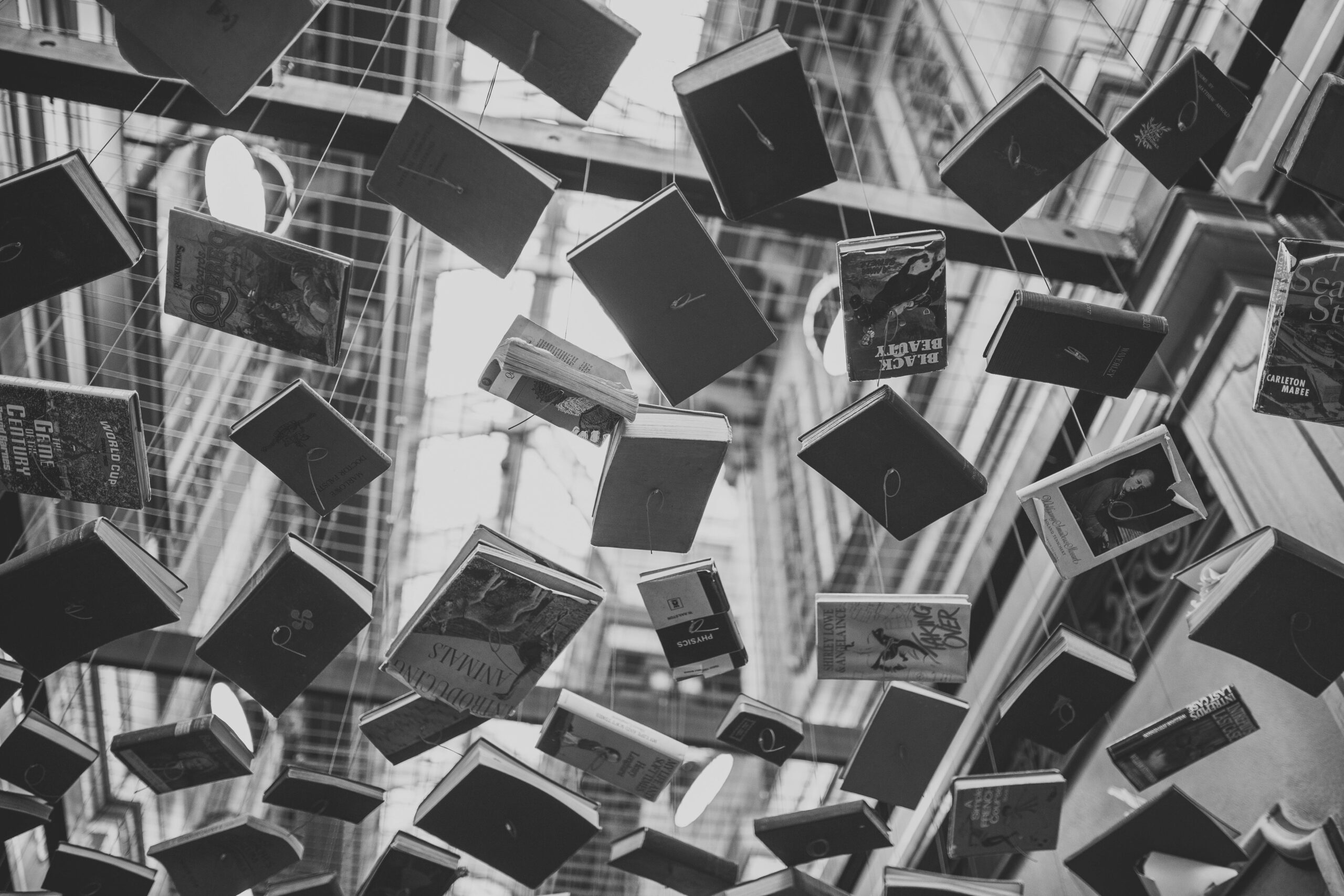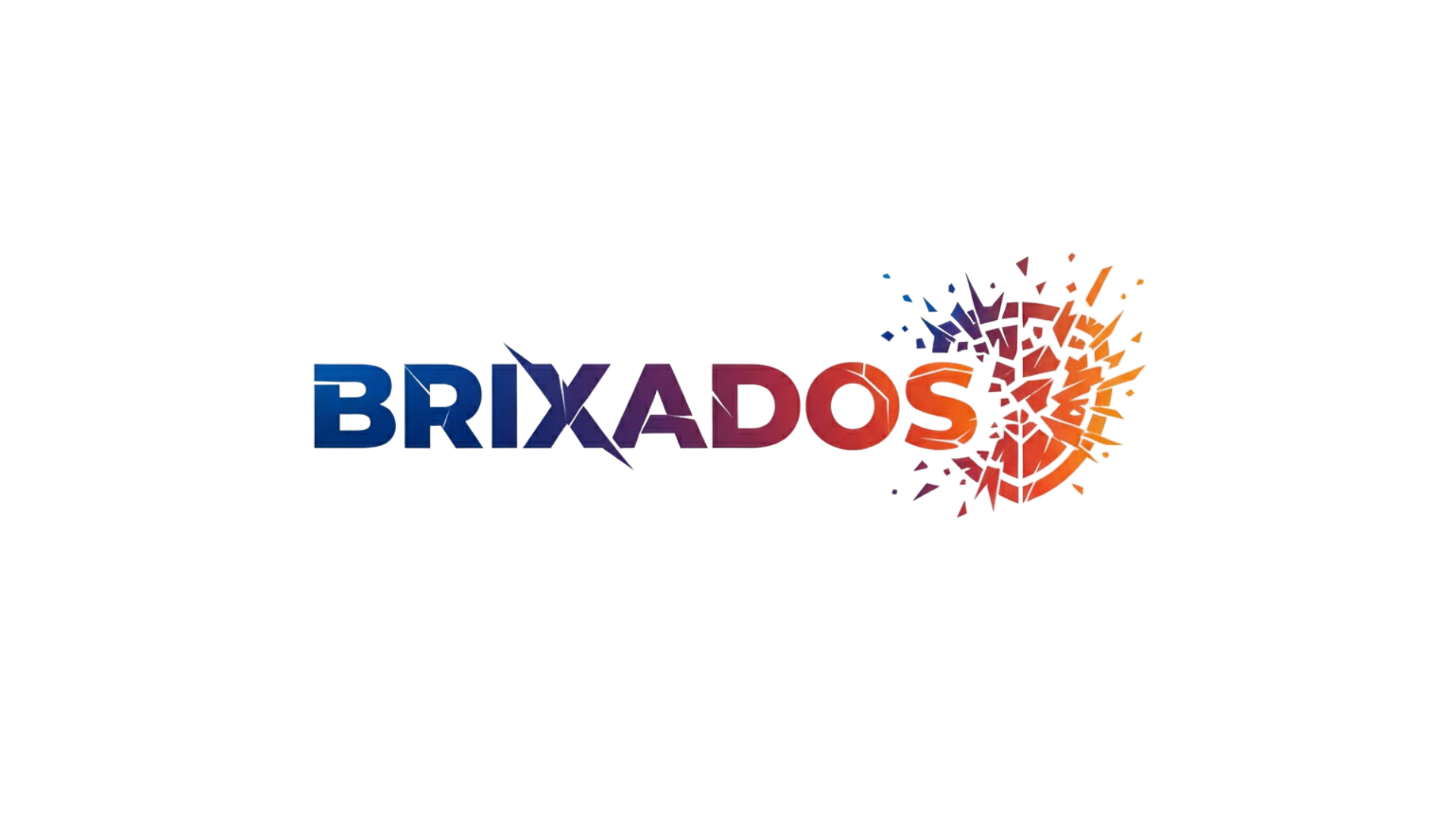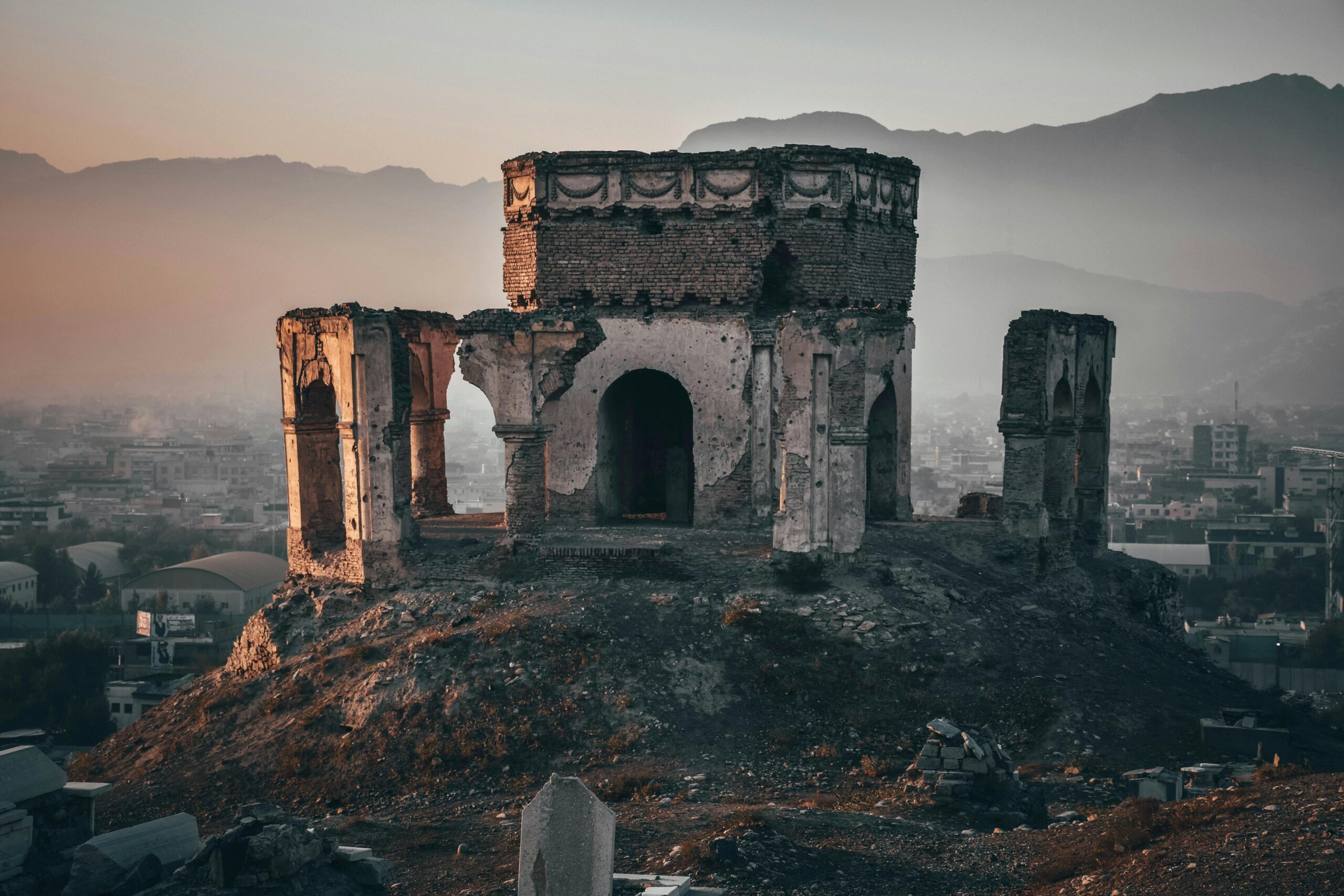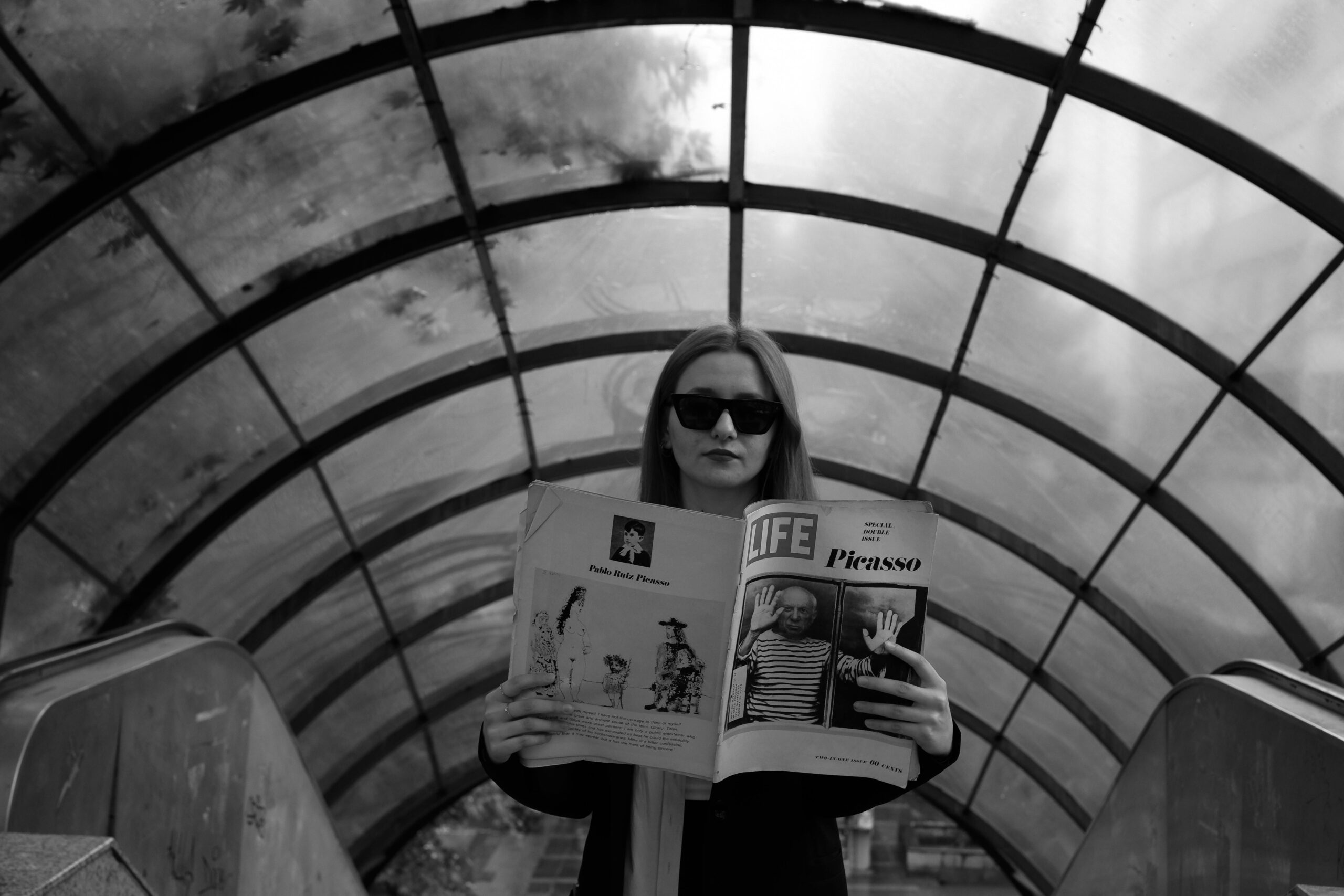Dreams have captivated humanity for millennia, serving as boundless wellsprings of inspiration for artists, writers, and visionaries who dare to translate the unconscious into tangible forms.
🌙 The Mysterious Realm Between Sleep and Creativity
The relationship between dreams and artistic expression represents one of the most fascinating intersections of human consciousness and creative output. Throughout history, the enigmatic landscape of dreams has provided fertile ground for exploration, offering artists and writers a portal into dimensions where logic surrenders to imagination, and the impossible becomes vividly real.
Dreams operate in a reality unbound by physical laws or rational constraints. Within this nocturnal theater, our subconscious mind weaves narratives that often defy conventional understanding yet resonate with profound emotional truth. This unique quality makes dreamscapes particularly compelling subjects for artistic interpretation, as they challenge creators to develop new visual languages and narrative structures capable of capturing their ephemeral essence.
The significance of dreams in creative work extends beyond mere subject matter. Dreams function as cognitive laboratories where the mind processes experiences, emotions, and memories in ways that conscious thought cannot replicate. This processing generates imagery and symbolism that artists and writers have long recognized as invaluable resources for their craft.
Historical Foundations: Dreams in Classical and Renaissance Art
The artistic exploration of dreams possesses ancient roots. Greek and Roman artists depicted dream visions sent by gods, understanding dreams as divine communications requiring visual interpretation. These early representations established conventions for distinguishing dream sequences from waking reality through compositional choices, atmospheric effects, and symbolic elements.
Medieval illuminated manuscripts frequently illustrated biblical dream narratives, from Jacob’s ladder to prophetic visions. Artists developed visual strategies to convey the otherworldly nature of these experiences, employing golden halos, celestial imagery, and architectural impossibilities that signaled viewers had entered dream territory.
The Renaissance brought renewed interest in dream symbolism, particularly as classical texts were rediscovered. Artists like Hieronymus Bosch created fantastical landscapes populated by hybrid creatures and surreal scenarios that seemed drawn directly from nightmares. His triptych “The Garden of Earthly Delights” remains one of history’s most celebrated dream-like artistic visions, its bizarre imagery continuing to fascinate viewers centuries later.
The Romantic Movement’s Embrace of the Unconscious
Romanticism marked a pivotal shift in how dreams were understood and represented artistically. Romantic poets and painters elevated subjective experience and emotional intensity over rational order, finding in dreams perfect expressions of these values. Artists like Henry Fuseli created works that captured nightmares’ psychological power, most famously in “The Nightmare,” which visualizes sleep paralysis with disturbing clarity.
William Blake developed an entire artistic practice grounded in visionary experiences that blurred boundaries between dreams, visions, and waking consciousness. His illuminated poems combined text and image to convey prophetic dreams and mystical encounters, creating multimedia artworks that demanded engagement on multiple sensory levels.
Surrealism: Making Dreams the Cornerstone of Artistic Philosophy
No artistic movement embraced dreams more completely than Surrealism. Emerging in the 1920s, Surrealism positioned dreams as pathways to deeper truths obscured by rational consciousness. André Breton’s “Surrealist Manifesto” explicitly championed dream logic as superior to waking reason, calling for art that bypassed conscious control to access the unconscious mind directly.
Salvador Dalí became perhaps the most famous practitioner of dream-inspired art. His “persistence of memory” technique involved inducing hypnagogic states—the transitional phase between waking and sleeping—to generate imagery. The resulting paintings, with their melting clocks and impossible architectures, created visual equivalents of dream experience that remain instantly recognizable.
René Magritte approached dreamscapes differently, creating paintings that appeared superficially realistic but contained jarring impossibilities. His work captures dreams’ peculiar quality of seeming normal while fundamentally violating reality’s rules. A boulder floating in midair or a pipe labeled “this is not a pipe” replicates the dream experience of accepting contradictions without question.
Automatism and Unconscious Creation
Surrealists developed automatic writing and drawing techniques designed to circumvent conscious editing, allowing unconscious material to flow directly onto the page or canvas. These practices acknowledged that dreams’ power lies partly in their unfiltered quality—their freedom from the self-censorship that constrains waking thought.
Max Ernst pioneered frottage and grattage techniques that introduced randomness into artistic creation, mimicking dreams’ unpredictable imagery. Joan Miró created biomorphic abstractions that suggested dream creatures without depicting recognizable forms, capturing dreams’ emotional essence rather than literal content.
📚 Dreams in Literary Traditions
Literature has explored dreamscapes through narrative strategies unavailable to visual arts. Writers can enter characters’ minds, describe impossibilities, and manipulate time in ways that closely mirror actual dream experience. From ancient epics to contemporary fiction, dream sequences serve crucial narrative functions while exploring consciousness itself.
Homer’s epics featured prophetic dreams that advanced plots and revealed divine will. Shakespeare employed dreams to expose characters’ hidden desires and fears, most memorably in “A Midsummer Night’s Dream,” where the boundary between dreaming and waking dissolves entirely. His dream sequences often contain the plays’ emotional cores, revealing truths characters cannot consciously acknowledge.
The Psychological Turn in Dream Literature
Nineteenth-century literature increasingly treated dreams as windows into psychological reality. Fyodor Dostoevsky crafted dream sequences of devastating psychological insight, using dreams to expose characters’ guilt, shame, and repressed desires. In “Crime and Punishment,” Raskolnikov’s nightmares externalize his moral torment with visceral intensity.
Lewis Carroll’s “Alice’s Adventures in Wonderland” presents an entire narrative structured as dream logic. The story’s episodic structure, arbitrary rules, shifting scale, and fluid identity reflect actual dream experiences. Carroll demonstrated how dream narratives could sustain extended storytelling while maintaining internal consistency according to dream rather than waking logic.
Modernist Experiments with Dream Consciousness
Modernist writers developed sophisticated techniques for representing consciousness that drew heavily on dream experience. James Joyce’s “Finnegans Wake” attempts to capture sleep’s linguistic texture, employing puns, portmanteaus, and multilingual wordplay that mirrors dreams’ symbolic condensation. The novel remains challenging precisely because it commits so thoroughly to dream logic.
Franz Kafka created nightmarish narratives where dream logic pervades waking reality. In “The Metamorphosis,” Gregor Samsa’s transformation into an insect is presented matter-of-factly, much as dreams present impossibilities as unremarkable facts. Kafka’s genius lay in sustaining this dream-like acceptance throughout entire narratives, creating what we now recognize as characteristically Kafkaesque situations.
Psychological Perspectives: Freud, Jung, and Creative Dreamwork
Sigmund Freud’s “The Interpretation of Dreams” revolutionized understanding of dreams and profoundly influenced artistic practice. Freud argued that dreams represent wish fulfillment, with manifest content disguising latent desires through symbolism. This framework provided artists and writers new interpretive tools for understanding their own dreams and creating symbolically rich works.
Carl Jung offered alternative perspectives that proved equally influential. Jung viewed dreams as communications from the collective unconscious, populated by universal archetypes—the shadow, the anima/animus, the wise old man. These archetypal figures and narratives appeared across cultures and eras, Jung argued, because they emerged from shared psychological structures.
Applying Depth Psychology to Artistic Practice
Many artists adopted Jungian active imagination techniques, engaging with dream images through continued creative work. This approach treats dreams not as puzzles requiring interpretation but as living phenomena that can be developed through artistic elaboration. The dream becomes starting point rather than finished message.
Contemporary artists often maintain dream journals, recognizing dreams as valuable creative resources. Recording dreams immediately upon waking preserves details that rapidly fade, building archives of personal imagery and symbolism. These journals function as idea repositories, providing material that can be developed into finished artworks months or years later.
🎨 Contemporary Dreamscapes: Digital Age Innovations
Digital technologies have opened new frontiers for representing dreamscapes. Digital painting software allows artists to create and manipulate imagery in ways that mirror dreams’ fluid transformations. Layers can be blended, transparency adjusted, and elements seamlessly composited, facilitating visual effects that traditional media render laborious or impossible.
Video games have emerged as particularly effective dream-representing media. Interactive narratives allow players to navigate dream spaces, experiencing rather than merely observing dreamscapes. Games like “Psychonauts” and “Dreamfall” build entire gameplay mechanics around dream logic, where normal rules suspend and imagination dictates possibility.
Virtual Reality and Immersive Dream Experiences
Virtual reality technology promises unprecedented opportunities for creating immersive dreamscapes. VR can surround viewers with dream environments, allowing navigation through impossible architectures and interactions with surreal entities. Early VR art experiments suggest the medium’s potential for conveying dreams’ sensory totality in ways flat images cannot match.
Artificial intelligence now generates dream-like imagery through neural networks trained on vast image datasets. These AI systems produce results that often possess genuinely oneiric qualities—recognizable elements combined in novel, sometimes unsettling ways. The computational “dreaming” of neural networks offers intriguing parallels to human dream processes, raising questions about consciousness and creativity.
Dream Symbolism and Universal Themes
Certain dream motifs recur across cultures and artistic traditions with remarkable consistency. Flying dreams inspire countless artworks celebrating liberation and transcendence. Falling dreams capture anxiety and loss of control. Chase dreams externalize fears and threats. These universal experiences provide artists shared symbolic vocabulary that audiences intuitively understand.
Water appears throughout dream-inspired art as symbol of the unconscious itself—mysterious depths containing unknown contents. Mirrors and reflections represent self-examination and identity questions. Labyrinths and endless staircases embody confusion, searching, and the mind’s recursive nature. Artists employ these symbols knowing they carry psychological resonance beyond cultural specifics.
Personal Versus Collective Dream Imagery
Effective dream-inspired art balances personal vision with universal resonance. Purely idiosyncratic imagery risks incomprehensibility, while overly generic symbolism lacks authenticity and impact. The most powerful dream art maintains peculiar individual character while tapping into shared psychological experiences that allow viewer recognition and emotional connection.
Artists must navigate the challenge of translating intensely subjective experiences into communicable forms. Dreams feel profoundly meaningful to dreamers, yet their significance often doesn’t survive translation into waking description. Artistic skill lies in identifying which dream elements possess universal relevance and developing presentations that convey not just visual appearance but emotional charge.
Nightmares: The Dark Side of Dreamscapes
Nightmares have inspired some of art and literature’s most powerful works. Horror and gothic traditions draw extensively on nightmare imagery, recognizing nightmares’ unique capacity to disturb and unsettle. Francisco Goya’s “The Sleep of Reason Produces Monsters” explicitly connects nightmares with irrational fears that haunt human consciousness.
Contemporary horror literature and film continue mining nightmares for material. Stephen King has described his novels as extended nightmares, using dream logic to build scenarios that feel inevitable despite their impossibility. Horror’s effectiveness often depends on capturing nightmares’ particular dread—the sense of being trapped in situations that violate reality’s protective rules.
Therapeutic Dimensions of Nightmare Art
Creating art from nightmares can serve therapeutic functions, externalizing fears and anxieties that lose power when confronted directly. Many artists report that depicting nightmarish content reduces its psychological grip, transforming passive suffering into active creation. This alchemical process transmutes psychological lead into artistic gold.
Trauma survivors sometimes use dream-inspired art to process experiences too painful for direct representation. Dreams’ symbolic language allows oblique approaches to difficult material, communicating emotional truth while maintaining necessary distance. Art therapy practices increasingly recognize dreams as valuable resources for healing work.
🌟 Practical Approaches: Capturing Dreams Artistically
Artists and writers interested in working with dreams must first improve dream recall. Keeping journals beside beds and recording dreams immediately upon waking significantly increases both recall frequency and detail. This practice trains the mind to value dreams, strengthening the bridge between sleeping and waking consciousness.
Some creators use specific techniques to induce vivid dreams. These include:
- Setting intentions before sleep to dream about particular subjects or questions
- Practicing reality checks throughout the day to facilitate lucid dreaming
- Avoiding screens before bed to promote deeper, more visually rich sleep
- Experimenting with sleep position, temperature, and timing to affect dream content
- Using herbs like mugwort or supplements like vitamin B6 that may enhance dream vividness
From Dream Journal to Finished Work
Translating dream journal entries into finished artworks requires editorial discernment. Not every dream element deserves inclusion in the final piece. Artists must identify core imagery and emotional tones, then develop presentations that communicate these essentials effectively. This often means simplifying dreams’ overwhelming complexity into focused compositions.
Some artists create immediate sketches or notes upon waking, capturing dreams’ essence before details fade. These rough captures preserve emotional quality that more polished later recollections might miss. The urgency of half-awake creation sometimes produces results more authentically dreamlike than carefully crafted conscious work.

The Enduring Fascination: Why Dreamscapes Matter
Dreams remain inexhaustible creative resources because they connect us with fundamental aspects of human consciousness. They remind us that reason represents only one mode of knowing, that mystery and uncertainty pervade existence, and that reality itself may be stranger than everyday experience suggests. Dream-inspired art validates these truths, offering counterweight to materialist reductionism.
In an age of artificial intelligence and virtual reality, questions about consciousness, reality, and experience grow increasingly urgent. Dreams have always posed these questions, making dream-inspired art peculiarly relevant to contemporary concerns. As technology blurs boundaries between real and simulated, physical and virtual, dreams offer ancient wisdom about navigating uncertain ontological terrain.
The power of dreamscapes in art and literature ultimately derives from their essential humanity. Everyone dreams, making dream experience universally shared despite its radical subjectivity. When artists successfully capture dreams’ strange beauty, psychological depth, and emotional intensity, they create works that speak to our common humanity while honoring consciousness’s irreducible mystery. Dreams remind us that we remain, in crucial ways, unknown to ourselves—and that this unknowing contains creative possibilities limited only by imagination’s boundaries, which is to say, unlimited entirely.
Toni Santos is a myth-psychology researcher and narrative writer exploring how archetypes, symbols and human story converge to shape mind, culture and meaning. Through his studies on the collective unconscious, comparative mythology and symbolic dream interpretation, Toni examines how the myths we tell reflect the patterns we live — and how awareness of these patterns can spark transformation. Passionate about hero’s journeys, mythic motifs and dream-language, Toni focuses on how story acts as both mirror and map for inner depth and growth. His work highlights the bridges between myth, psyche and culture — guiding readers toward a deeper encounter with themselves and the stories they carry. Blending psychology, mythology and narrative theory, Toni writes about the hidden architecture of meaning — helping readers understand how symbols, stories and dreams shape experience and identity. His work is a tribute to: The power of myth to reveal the unseen structures of psyche The journey from archetype to individual lived story The art of dream-language as a path to wholeness Whether you are a storyteller, psychologist or traveller in the inner landscape, Toni Santos invites you to explore the mythic dimension of mind — one symbol, one myth, one insight at a time.




